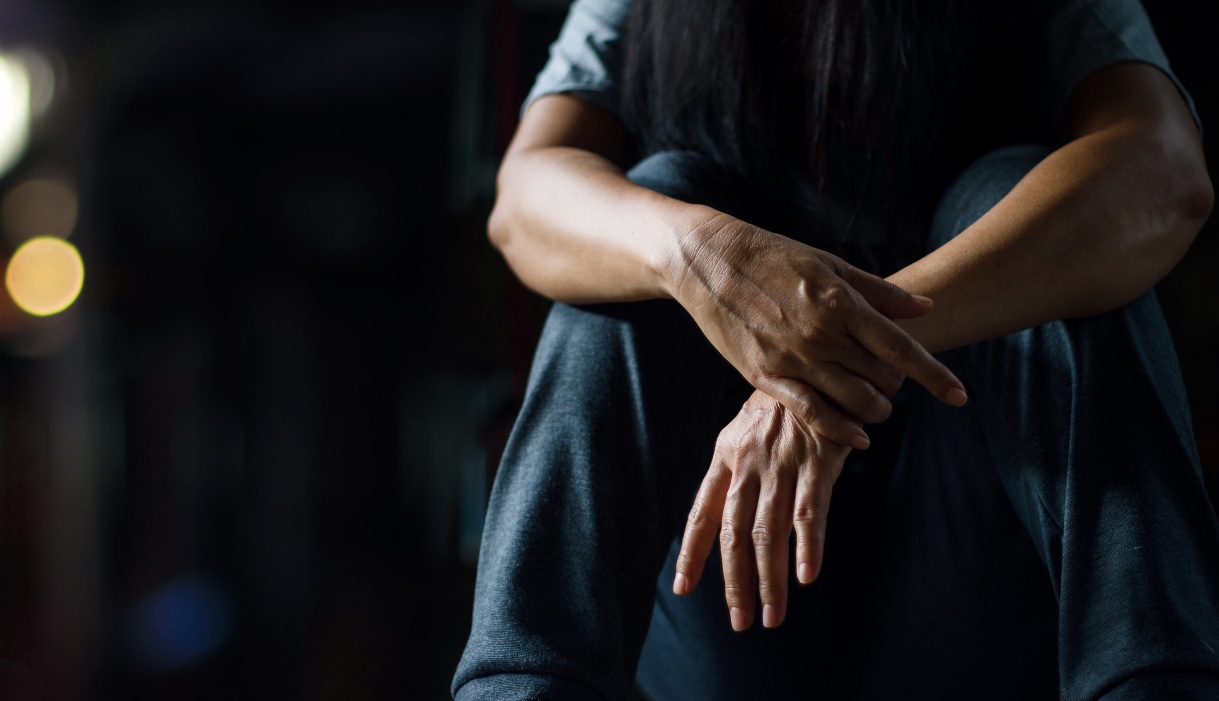Obstructive sleep apnea is a type of sleep disorder where in the breathing is temporarily and recurrently interrupted during sleep. The “apnea” in sleep apnea denotes a pause in breathing that lasts for at least ten seconds.
Obstructive sleep apnea usually occurs when the muscles present in the back of the throat are not able to keep the airway open, despite best efforts to breathe. Central it is another form of sleep apnea, in which the brain is not able to properly regulate the breathing activity during sleep. However, the obstructive sleep apnea is a more common occurrence than anyone.
Obstructive sleep apnea is otherwise denoted as sleep apnea only. Such sleep disorder can result in fragmented sleep and low level of blood oxygen in an individual. People suffering from sleep apnea often are succumbed to disturbed sleep and oxygen starvation which gives rise to hypertension, cardiovascular diseases and other memory related problems. Sleep apnea also increases the exposure to the risk of sleepy driving.
According to statistical study revealing sleep apnea information, more than 18 million adults in America are suffering from it. It can occur in varied age groups. There are a several factors that can increase the chances of getting affected from this sleep disorder. Having a small upper airway overweight problem, having a sunken chin, large over bite or a small jaw, a large neck size In addition, an individual can get affected from the disorder if he/she has the habit of smoking and alcohol consumption while being age 40 or older. Another interesting fact is that this disorder might affect people based on the ethnicity. Some of the studies have shown that sleep apnea may run in the family as a genetic disorder.
Sleep apnea information: Common signs and symptoms
· Chronic loud habit of snoring
· Choking, sniffing, or experiencing breathlessness during sleep
· Breathing pauses lasting 10-20 seconds
· Feeling breathless and waking up at night
· Daytime drowsiness and exhaustion, irrespective of the time spent on bed
Children might also get affected with this sleep disorder. In children, it is difficult to diagnose sleep apnea. If you see any child adopting strange sleeping positions and suffering from bedwetting, or waking up to night terrors, consider them as early signs of this disorder.
One needs to be cautious about this disorder and research more about sleep apnea information as it is associated with various illnesses like heart disease, heart stroke, neurological disorders and spinal injury. However, this disorder can be treated.
Most important Sleep apnea information: common modes of treatment
· Practicing throat exercises
· Giving up smoking and drinking habits
· Never sleep on your back rather sleep on your side
· Use nasal dilator to open your nasal passages
· Practice a proper sleep schedule
· Avoid consumption of caffeine two hours before going to sleep
· Make diet plans to avoid over weight issues
Practice some simple points and have a good sleep. Remember that sleep apnea should never go untreated. Consult a doctor if you the remedies don’t seem to work.





